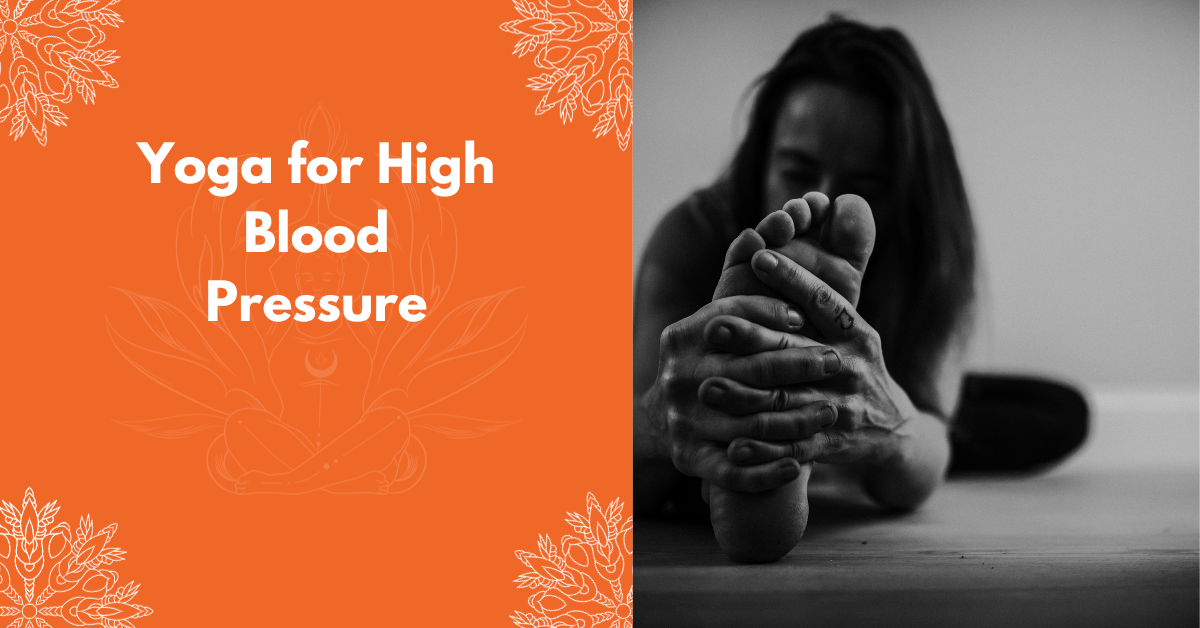
Yoga for High Blood Pressure: A Holistic Approach to Managing Hypertension
“Discover the calming power of 🧘♀️ Yoga for High Blood Pressure: Lower BP naturally with expert guidance! 🌿 Achieve inner peace today.”
High blood pressure, or hypertension, is a common and potentially dangerous condition that affects millions of people worldwide. It is often referred to as the “silent killer”
because it can develop gradually over time without any noticeable symptoms until it reaches a critical point. If left untreated, high blood pressure can lead to serious health complications, including heart disease, stroke, and kidney problems.
While medication is often prescribed to manage high blood pressure, lifestyle changes can also play a significant role in its prevention and management. Yoga, with its ancient roots in promoting physical and mental well-being, has emerged as a powerful tool for controlling hypertension.
Yoga for High Blood Pressure: Special Exercises
Yoga comprises a wide range of poses and practices that can be tailored to address specific health concerns. When it comes to managing high blood pressure, certain yoga exercises are particularly beneficial. These exercises help reduce stress, improve circulation, and promote relaxation, all of which contribute to better blood pressure control.
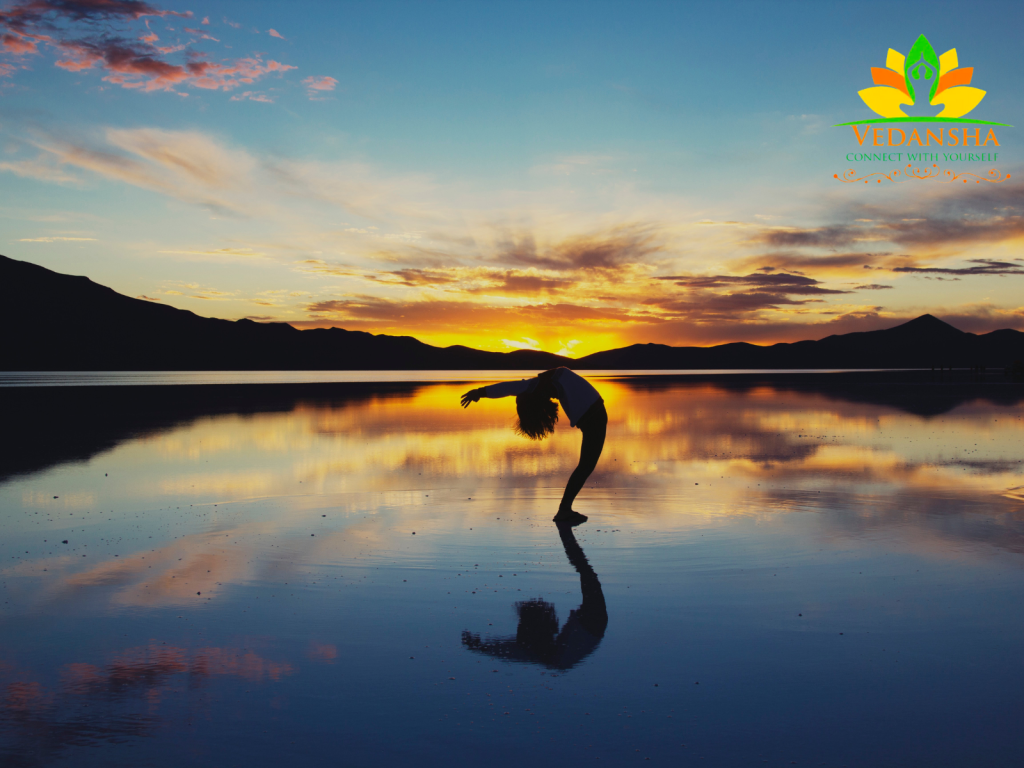
1. Savasana (Corpse Pose)
Technique:
- Lie flat on your back with your arms at your sides and your legs extended.
- Close your eyes and focus on your breath. Inhale and exhale deeply and slowly.
- Relax your entire body, starting from your toes and working your way up to your head.
- Stay in this pose for 5-10 minutes, or as long as you feel comfortable.
Benefits:
- Promotes relaxation and reduces stress.
- Helps calm the nervous system.
- Improves overall circulation.
Precautions:
- Ensure you are in a quiet and peaceful environment.
- Use a yoga mat or comfortable surface.
- Avoid any strain or tension in your body.
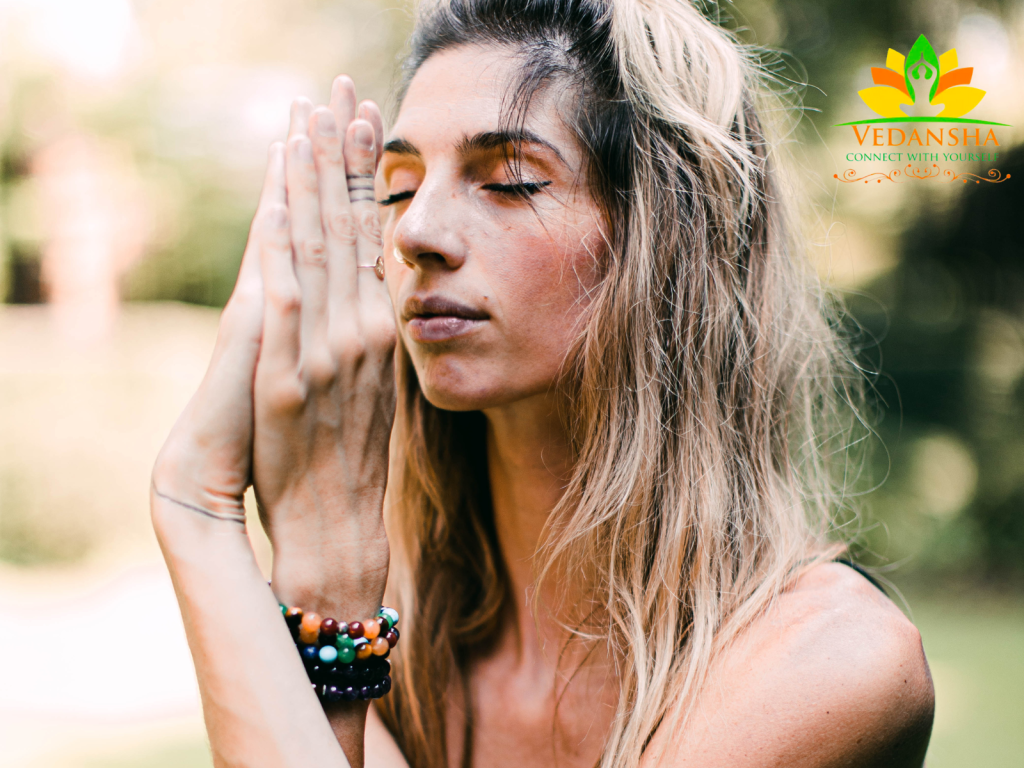
2. Sukhasana (Easy Pose) with Pranayama
Technique:
- Sit cross-legged with your back straight.
- Place your hands on your knees, palms facing upward.
- Close your eyes and take deep, slow breaths.
- Incorporate pranayama (breathing exercises) such as Anulom Vilom and Bhramari.
- Continue for 15-20 minutes.
Benefits:
- Reduces stress and anxiety.
- Enhances lung capacity.
- Balances the autonomic nervous system.
Precautions:
- Sit comfortably on a cushion or yoga block if needed.
- Maintain an erect posture throughout.
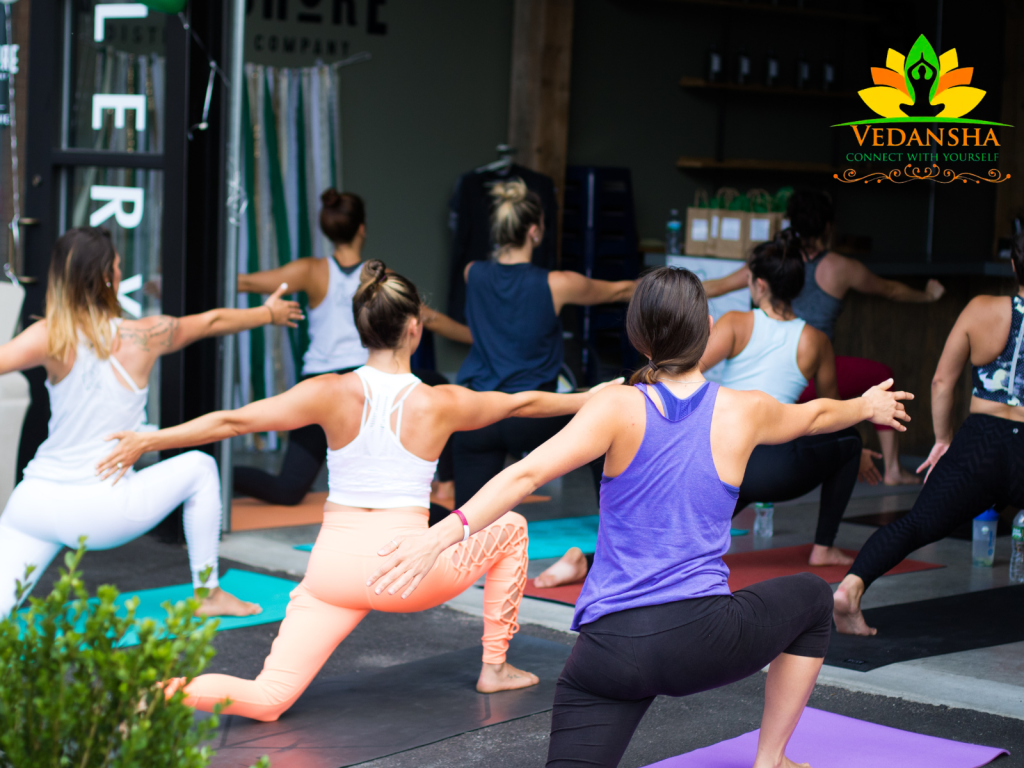
3. Viparita Karani (Legs Up the Wall Pose)
Technique:
- Sit with your side against a wall.
- Swing your legs up the wall as you lie down on your back.
- Your buttocks should be close to the wall, and your legs should be straight up.
- Place your arms by your sides, palms facing upward.
- Close your eyes and breathe deeply for 5-10 minutes.
Benefits:
- Reduces blood pressure by enhancing blood circulation.
- Relaxes the nervous system.
- Eases tension in the legs and lower back.
Precautions:
- Use a cushion or folded blanket under your hips for added comfort.
- Ensure your neck and head are aligned with your spine.
4. Balasana (Child’s Pose)
Technique:
- Kneel on the floor with your big toes touching and knees spread apart.
- Sit back on your heels and extend your arms forward, lowering your chest to the floor.
- Rest your forehead on the ground and relax in this position.
- Breathe deeply for 1-2 minutes.
Benefits:
- Calms the mind and reduces stress.
- Stretches the lower back and hips.
- Promotes relaxation of the nervous system.
Precautions:
- If you have knee issues, use a cushion under your knees.
- Ensure comfortable breathing in this position.
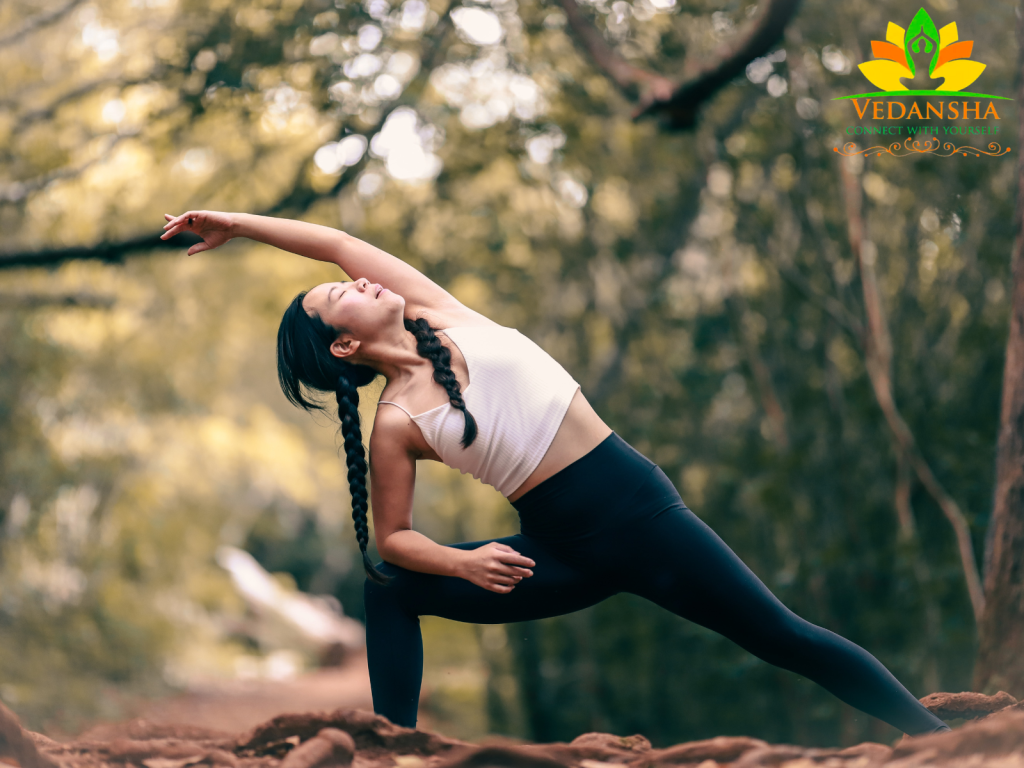
Yoga for High Blood Pressure: Tips and Precautions
Before you start practicing yoga to manage high blood pressure, consider these important tips and precautions:
1. Consult Your Healthcare Provider
It’s crucial to consult your healthcare provider before beginning any new exercise or yoga routine, especially if you have high blood pressure or any other medical condition. They can provide guidance on how to approach yoga safely and may offer specific recommendations based on your individual health status.
2. Practice Regularly
Consistency is key when it comes to managing high blood pressure through yoga. Aim to practice yoga at least three to four times a week to experience its full benefits. Over time, you may notice improvements in your blood pressure readings and overall well-being.
3. Focus on Stress Reduction
Stress is a significant contributor to high blood pressure. Many yoga practices, such as meditation and deep breathing exercises, are designed to reduce stress and promote relaxation. Make stress reduction a primary goal in your yoga practice.
4. Maintain Proper Technique
Proper technique is essential to prevent injury and obtain the maximum benefits from yoga. If you are new to yoga, consider taking a class with a certified instructor who can guide you in the correct poses and alignment.
5. Listen to Your Body
Pay close attention to how your body responds during yoga practice. If you experience pain, dizziness, or discomfort, stop immediately. Yoga should not cause pain; it should promote healing and relaxation.
6. Avoid Overexertion
Avoid strenuous or intense yoga poses, especially if you have uncontrolled high blood pressure. Gentle, restorative poses are often more suitable for individuals with hypertension. Always choose poses that you can perform comfortably.
7. Monitor Your Blood Pressure
Regularly monitor your blood pressure to track any changes. Yoga may take time to have a significant impact on your blood pressure, so continue any prescribed medications and follow your healthcare provider’s advice.
Yoga for High Blood Pressure: Benefits
The regular practice of yoga offers numerous benefits for individuals with high blood pressure. Here are some of the key advantages:
1. Stress Reduction
Yoga helps lower stress levels by calming the mind and reducing the production of stress hormones like cortisol. This reduction in stress can lead to lower blood pressure readings.
2. Improved Circulation
Certain yoga poses, such as Legs Up the Wall Pose, help improve blood circulation by allowing blood to flow more easily from the extremities back to the heart. This can lead to better blood pressure control.
3. Relaxation of the Nervous System
Yoga practices like Savasana and deep breathing exercises activate the parasympathetic nervous system, which promotes relaxation. This relaxation response can counteract the effects of stress and high blood pressure.
4. Enhanced Lung Function
Pranayama exercises, which involve controlled breathing, can improve lung function and oxygenate the body more effectively. This can positively impact blood pressure regulation.
5. Better Mind-Body Connection
Yoga fosters a stronger mind-body connection, helping individuals become more aware of their bodies and their reactions to stress. This increased awareness can lead to better self-management of hypertension.
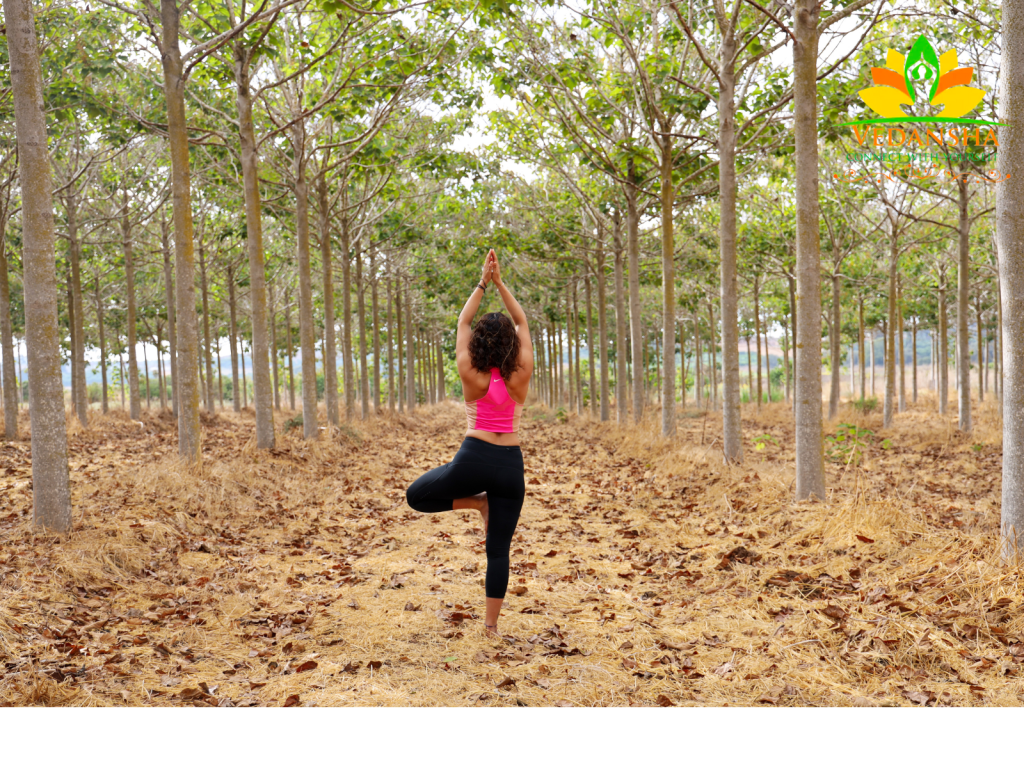
Yoga for High Blood Pressure: Special Foods and Diet Plan
In addition to yoga, dietary modifications play a significant role
in managing high blood pressure. Here’s a diet plan that can complement your yoga practice and help you maintain healthy blood pressure levels.
Morning:
- Lemon Water: Start your day with a glass of warm water with lemon juice. Lemon is rich in vitamin C, which can help improve blood vessel function.
- Oatmeal: Have a bowl of oatmeal topped with fresh berries and a sprinkle of flaxseeds. Oats are high in fiber, which supports heart health.
- Green Tea: Enjoy a cup of green tea. Green tea contains antioxidants called catechins that have been associated with lower blood pressure.
Lunch:
- Salad: Begin with a fresh, colorful salad filled with leafy greens, tomatoes, cucumbers, and bell peppers. These vegetables are packed with potassium, which can help balance sodium levels in the body.
- Grilled Salmon: Include a serving of grilled salmon or other fatty fish. Fatty fish are a great source of omega-3 fatty acids, which have been shown to reduce blood pressure.
- Quinoa: Serve a side of quinoa, a high-protein grain that is rich in magnesium. Magnesium can help relax blood vessels.
Evening:
- Steamed Vegetables: Steam a variety of vegetables such as broccoli, carrots, and cauliflower. These veggies are low in calories and high in nutrients.
- Brown Rice: Pair your steamed vegetables with brown rice. Brown rice is a whole grain that contains fiber, which can support heart health.
- Herbal Tea: Conclude your day with a cup of herbal tea, such as chamomile or hibiscus tea. Herbal teas are caffeine-free and can promote relaxation.
Foods to Avoid:
To maintain healthy blood pressure levels, it’s essential to limit or avoid certain foods:
- Processed Foods: Reduce your intake of processed foods that are high in sodium (salt).
- Sugary Beverages: Avoid sugary drinks like soda and fruit juices.
- Excess Caffeine: Limit your caffeine intake, especially in the afternoon and evening.
- Alcohol: Consume alcohol in moderation, if at all.
Conclusion
High blood pressure is a serious health concern, but it can be effectively managed through a combination of lifestyle changes, including yoga and a heart-healthy diet. Yoga, with its emphasis on stress reduction, relaxation, and improved circulation, can be a valuable tool in your hypertension management plan.
Remember to consult with your healthcare provider before starting any new exercise or dietary regimen, especially if you have high blood pressure or other medical conditions. They can provide personalized guidance and ensure that your approach is safe and suitable for your specific needs.
By incorporating yoga into your daily routine, making dietary improvements, and following the recommended tips and precautions, you can take proactive steps toward better blood pressure control and overall well-being.
Frequently Asked Questions (FAQs)
1. Can yoga alone lower high blood pressure?
Yoga can be an effective complementary therapy for managing high blood pressure, but it is not typically a stand-alone treatment. Many people with hypertension require medication prescribed by a healthcare provider. Yoga can help reduce stress and improve overall health, which can contribute to better blood pressure control.
2. How long does it take to see results from yoga for high blood pressure?
The time it takes to see results from yoga can vary from person to person. Some individuals may experience improvements in blood pressure within a few weeks of regular practice, while others may take longer. It’s essential to be consistent with your yoga practice and monitor your blood pressure regularly.
3. Can pregnant women with high blood pressure practice yoga?
Pregnant women with high blood pressure should consult their healthcare provider before starting or continuing a yoga practice. Yoga can be adapted for pregnancy, but it’s crucial to ensure that the chosen poses and practices are safe for both the mother and the baby.
4. Are there specific yoga poses to avoid if you have high blood pressure?
Certain yoga poses that involve inversions (going upside down) or intense backbends may not be suitable for individuals with uncontrolled high blood pressure. It’s best to consult with a qualified yoga instructor who can modify your practice to accommodate your condition and provide safe alternatives.
5. Can yoga replace medication for high blood pressure?
Yoga should not replace prescribed medication for high blood pressure without the guidance and approval of a healthcare provider. While yoga can be a valuable part of hypertension management, it is not a substitute for medication when medically indicated. Always follow your healthcare provider’s recommendations regarding medication and lifestyle changes.

